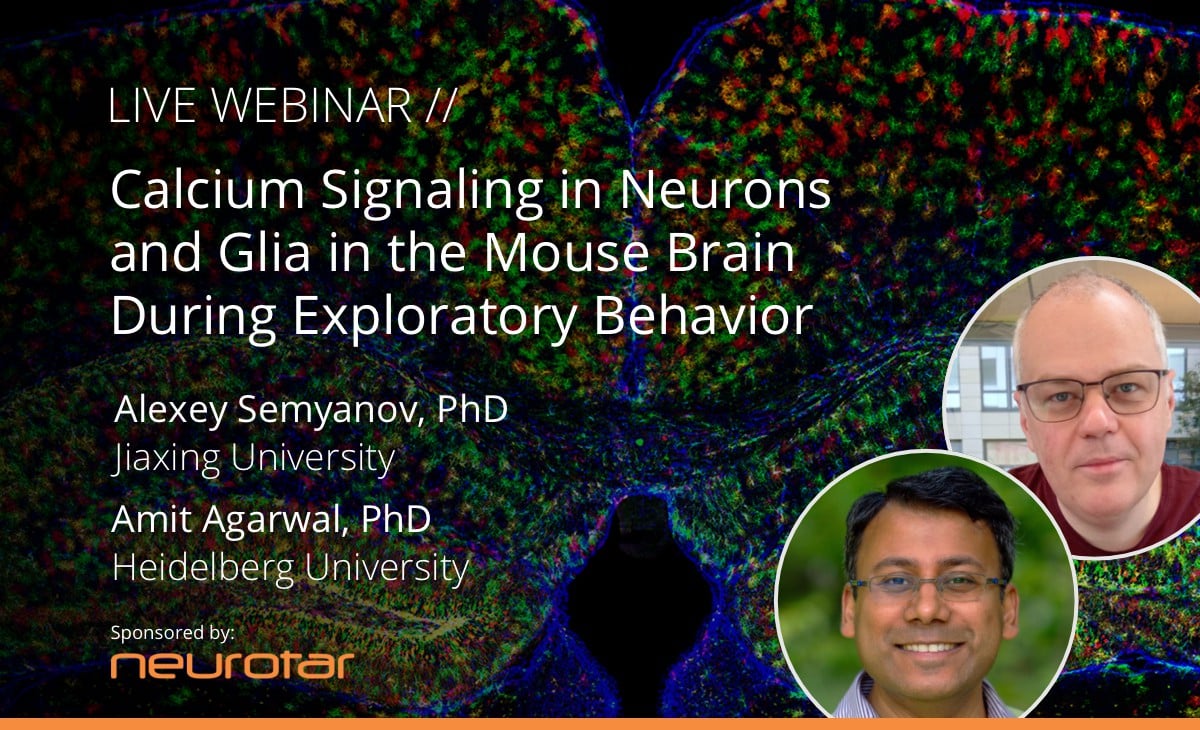Need to head-fix an awake mouse for high precision imaging or electrophysiological recordings?
- Stable head fixation
- 2D locomotion
- Magnetic locomotion tracking
- A natural, low-stress environment
- Operant conditioning
- Complex behavior
- Visual stimulation and integration with VR
Standard size Mobile HomeCage
Compact, compatible with the majority of commercial 2-photon microscopes
The mouse on the left is running in the extra-low wall carbon fiber cage for demonstration purposes. Standard cages have 40 mm and 70 mm walls. This 20 mm wall cage is used for patch-clamp and visual stimulation from outside the cage.
How does it work?
The cage is suspended on a cushion of air. There is no motor. Instead, the mouse sets the cage in motion with its paws. Due to the cage’s low weight, the effort required to move the cage is minimal. The animal has an illusion of exploring the cage, while, in reality, it stays firmly head-fixed during imaging and recording. The perceived ability to move “freely” reduces the mouse’s stress and, consequently, the need for extensive training.
How stable is this?
“Awake” brain
Two-photon imaging of the mouse’s brain is one of the main applications for the Mobile HomeCage. The imaging stability during active locomotion is excellent: 1.2- to 1.5-micrometer maximal measured displacement.
The spinal cord of an awake mouse
Spinal cord imaging is more challenging because the spinal cord has more space to move within the bone. We recommend focusing on the data subset acquired during periods of voluntary stillness (data can be filtered using the locomotion tracking software – see below). During idle periods, it is possible to achieve 1.8- to 2.3-micrometer maximal displacement in the spinal cord.
Complex behavior including maze
navigation and sociability tests with several mice in the Mobile HomeCage Large
Sample behavioral readouts that can be implemented in the Mobile HomeCage Large:
- Assessing baseline levels of motor and exploratory activity;
- Open field and light-dark box tests for evaluating anxiety levels;
- Novel object recognition for studying memory processing;
- Spatial memory and learning assessment in a T-maze and donut-maze;
- Social memory and social interactions’ assessment in the sociability maze;
- The resident-intruder paradigm (modified) upon optogenetic stimulation in the hypothalamic aggression locus;
- Mating behavior (limited to courting behavior, no copulation).
Locomotion tracking – unique magnetic solution
In order to integrate high-precision tests that require head fixation with behavior, we have implemented a locomotion-tracking solution that is radically different from traditional video tracking. We have built a sensor board into the air dispenser. The sensors track the position of magnets built into the cage bottom and extrapolate this to the mouse’s position, velocity, and trajectory of movement.
- Fast: 200 fps
- Precise: spatial resolution < 0,5 mm
- Not sensitive to ambient light
- Built into air dispenser: no extra space needed
- Software included in the kit
Experimental support
Working with awake head-fixed mice is challenging. We cannot make it easy, but we can make it easier. For example, we can check which Mobile HomeCage model is compatible with your experimental setup, suggest the fixes and help you select optimal cage, clamp and head plates. More importantly, we help with surgeries, mouse handling and training, and with software setup (remotely). Last but not least, we let the labs test our equipment free of charge!
Want to start with anesthetized mice?
Sometimes it makes sense to proceed in steps: start imaging or recording in anesthetized mice using our head fixation and upgrade to the full functionality of the Mobile HomeCage when ready. This also helps to break the purchase into two.
Use your own head fixation?
Although our clamps and head plates contribute a great deal to the imaging and recording stability, you may have a tested solution optimized for your research needs. No need to abandon it: get the air table with the floating cage instead.
Visual stimulation?
If your experimental design requires visually stimulating a mouse from outside the cage, we recommend using a transparent or an extra low-wall cage (20 mm). If visual stimulation is required during imaging, and particularly if the microscope has a small frame, use the twisted neck to change the mouse’s orientation in the experimental setup.
Juvenile mice or rats?
Our carbon fiber and foam cages are so light that even juvenile mice can push them. Although the Mobile HomeCage is primarily intended for mice, juvenile rats (up to P28) are also comfortable in it. They require a special clamp.
Lick port and air puff for operant conditioning in the Mobile HomeCage
Find these and other accessories such as surgical implants (head plates and spinal plates), adapters for micromanipulators, cages, mazes, and more, in our webshop.
220+ labs worldwide are using the Mobile HomeCage
What do they publish? What do they say?
We would love to hear from you!
All Mobile HomeCage® patents and trademarks are the property of Neurotar. Unauthorized use and distribution are strictly prohibited.

